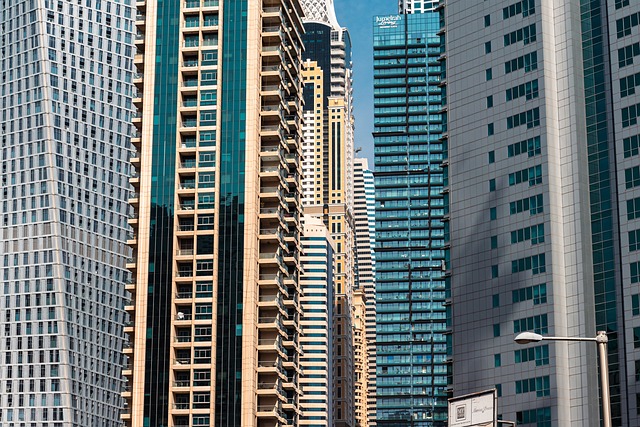Skyscraper Sleepovers: The Rise of Vertical Hotels
Imagine waking up to a panoramic view of a bustling metropolis, suspended hundreds of feet above the ground. This isn't a scene from a futuristic movie, but a growing trend in the hospitality industry known as vertical hotels. These architectural marvels are redefining urban accommodation, offering guests unparalleled views and unique experiences. As cities continue to grow upwards, hotels are following suit, transforming skylines and challenging traditional notions of luxury stays.

Architectural Marvels and Engineering Feats
Modern vertical hotels are not just tall; they’re technological and architectural marvels. These structures often incorporate cutting-edge design elements, such as sky lobbies, double-decker elevators, and wind-resistant technologies. The Burj Al Arab in Dubai, shaped like a sail and standing on an artificial island, is a prime example of how vertical hotels push the boundaries of design and engineering.
The Guest Experience: Living in the Clouds
Staying in a vertical hotel offers a unique perspective on a city. Guests can enjoy breathtaking views from their rooms, often with floor-to-ceiling windows that create an immersive urban experience. Many of these hotels feature observation decks, rooftop bars, and restaurants that offer 360-degree views of the surrounding cityscape. The sense of exclusivity and luxury is amplified by the height, creating a memorable stay that goes beyond traditional hotel experiences.
Sustainability and Efficiency in Vertical Design
Contrary to what one might expect, many vertical hotels are at the forefront of sustainable design. By building upwards instead of outwards, these structures can reduce their footprint on the ground. Advanced energy management systems, water recycling, and the use of sustainable materials are common features. The Marina Bay Sands in Singapore, for instance, incorporates a variety of green technologies, including a rainwater harvesting system and sun-shading exteriors to reduce energy consumption.
Challenges and Considerations
While vertical hotels offer numerous advantages, they also come with unique challenges. Safety concerns, especially in case of emergencies, require sophisticated systems and protocols. The logistics of moving guests and supplies efficiently through the building demand innovative solutions. Moreover, the construction and maintenance costs of these structures are significantly higher than those of traditional hotels, which can impact room rates and accessibility for average travelers.
Elevating Your Stay: Tips for Vertical Hotel Experiences
• Book a room on a higher floor for the best views, but be prepared for potential wait times for elevators
• Check if the hotel offers guided tours of its architectural features or behind-the-scenes looks at its operations
• Take advantage of on-site amenities like observation decks or sky bars, which are often open to non-guests for a fee
• Consider the time of year and weather patterns, as higher floors can be affected by wind and storms
• Look for hotels with unique architectural features, like sky bridges or cantilevered pools, for a truly memorable experience
The Future of Urban Hospitality
As cities continue to grow vertically, the trend of skyscraper hotels is likely to persist and evolve. Future developments may include even taller structures, more integrated smart technologies, and innovative designs that blur the lines between hotel, residential, and commercial spaces. The vertical hotel concept is not just changing the way we stay in cities; it’s reshaping urban skylines and redefining the very nature of luxury accommodation in the 21st century.





